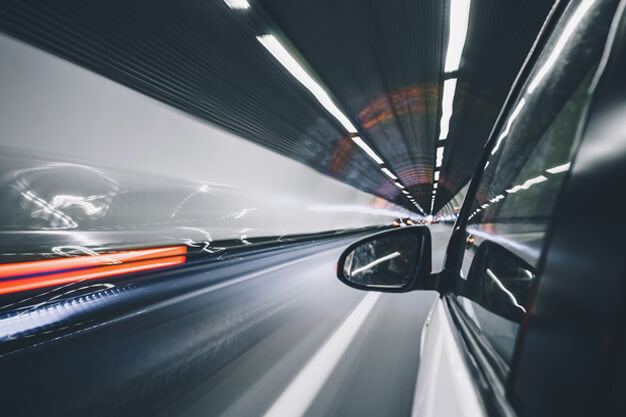For anyone who has been tracking the advancement of automated vehicles (AV), there is no doubt that federal and state attention has ramped up. Thirty-three states have introduced AV legislation this year alone. At the federal level, the U.S. Department of Transportation (DOT) and National Highway Traffic Safety Administration (NHTSA) released the 2017 Automated Driving Systems policy framework (A Vision for Safety 2.0), which includes voluntary guidelines for entities developing AVs and replaces the 2016 Federal Automated Vehicle Policy. Both the House and the Senate have considered multiple AV related bills – including the “American Vision for Safer Transportation through Advancement of Revolutionary Technologies Act” (AV START Act) that seeks to streamline the process of getting AVs on the road and, notably, preempts state regulation.
But before we steer toward the specifics of this new round of regulations, it is crucial to first understand the types of AV technology. The NHSTA’s AV classification standard includes six levels of automation: (1) no automation, (2) driver assistance, (3) partial automation, (4) conditional automation, (5) high automation, and (6) full automation. Level 1 vehicles that have adaptive cruise control and lane centering assistance are widely used. There are also a few Level 2 luxury vehicles available that conduct some driving tasks, such as steering, acceleration, and deceleration. However, when most of us think about AVs or driverless cars, we’re thinking about vehicles that fall somewhere in between Level 3 to Level 5. These are the vehicles that perform most or all driving tasks with very little human intervention necessary.
As with most emerging tech, in order for us to reach the point at which human control is unnecessary, AVs need to have the capacity to act as a human would—or, hopefully, in the context of driving and reducing the number of car accidents in general, better than a human would. This means that for this tech to function, internal and external sensors must collect a significant amount of data about the driver’s behavior as well as the world around the AV. Simply put, the AV needs to know where it’s located, where it’s going, who’s in it, and what’s (and potentially even who’s) around it. Over time, this data is aggregated to form patterns or algorithms that ensure a convenient, smooth ride.
Understandably, the collection, retention, and sharing of data gathered by AV technology implicates consumer privacy and data ownership issues. In fact, most industry members, policy makers, and civil society organizations agree that the adoption of privacy and data ownership standards are fundamental to AV technology reaching its full potential. Current regulation—both proposed and implemented— approaches privacy and data ownership in various ways:
- Out of the forty-four bills enacted by twenty-one states, only four explicitly touch upon the privacy of collected vehicle data. The majority of the bills focus on physical safety issues.
- The 2017 voluntary guidelines published by the DOT and NHSTA include cybersecurity guidance, but exclude privacy as a priority element. Notably, the 2016 version included privacy standards.
- The AV START Act would establish a Highly Automated Vehicles Technical Committee tasked with studying event data recording and data access and sharing, but otherwise does not include privacy and data ownership standards.
As we continue to pave the road forward for AV technology, a critical factor will be the inclusion of privacy and data ownership in the conversation. In line with trends for regulating emerging technologies, there are three realistic outcomes: (1) mandatory federal regulation that preempts state and local laws, (2) a patchwork of mandatory state and local laws, or (3) industry self-regulation based upon voluntary best practices. Until it becomes clear which road we’re on, all entities developing AVs must remain vigilant in tracking state and federal updates, and should involve themselves in industry discussions if an industry solution is to be a realistic alternative to regulation.
